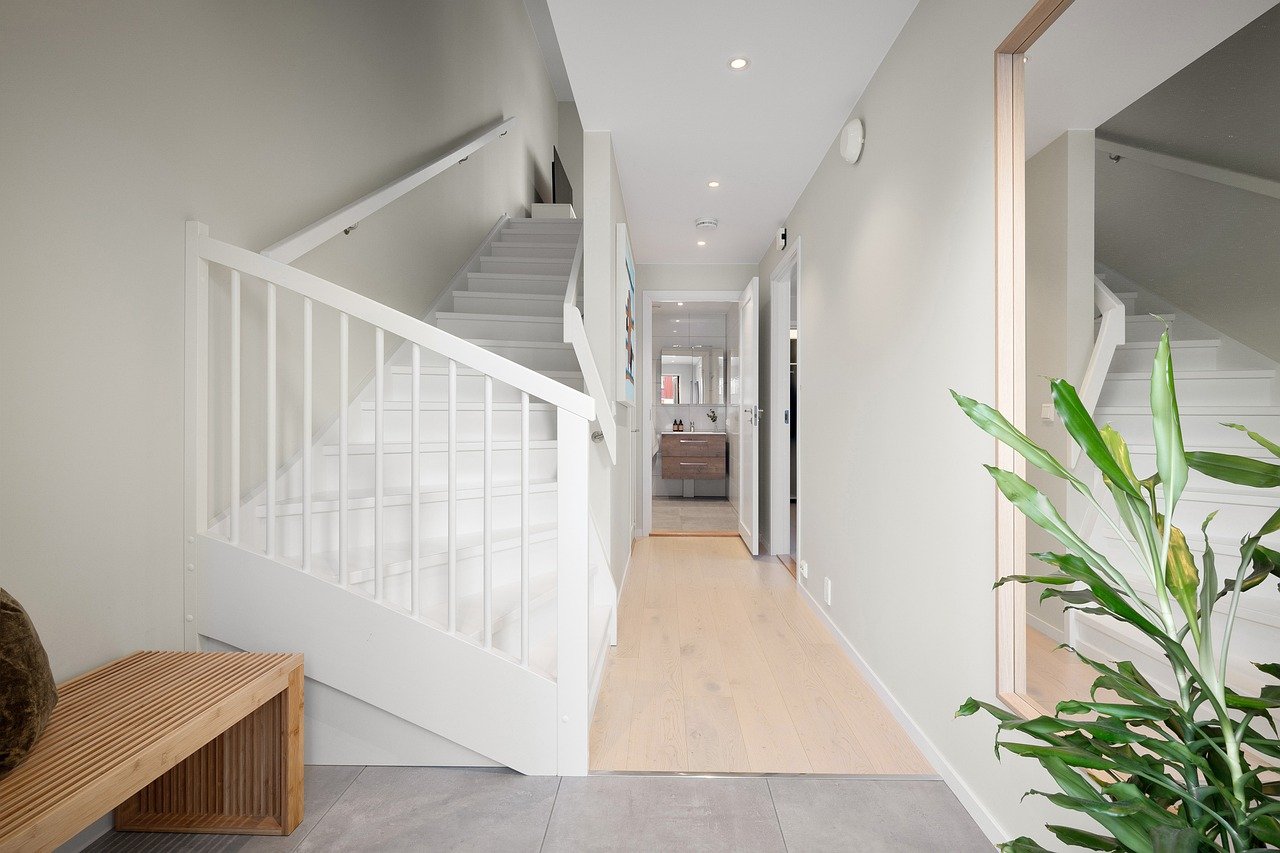Cheap vs. Expensive Stair Parts: What's the Real Difference?
Are you torn between choosing cheap or expensive stair parts for your home? This decision can significantly impact both the aesthetics and durability of your staircase. This blog post is going to explore the real differences between budget-friendly and high-end stair parts, helping you make an informed choice that balances quality, cost, and style.
Material Quality
When it comes to material quality, cheap and expensive stair parts often differ significantly. Budget-friendly options are typically made from lower-quality materials such as softwoods, PVC, or composite materials that may not be as durable or visually appealing. These materials can be prone to wear and tear, potentially leading to higher maintenance costs over time.

In contrast, high-end stair parts usually employ premium materials like hardwoods (oak, maple, or cherry) and wrought iron, which not only provide superior strength and longevity but also enhance the overall aesthetic of the staircase. Homeowners also like to use wood stair risers made from reclaimed wood, giving their staircase a unique and eco-friendly touch. These premium materials offer richer finishes and finer craftsmanship, contributing to a more polished and elegant appearance that can add value and sophistication to your home.
Metal is another common material used for stair parts, offering durability and a distinct visual appeal. Many people learn what is wrought iron and how it can bring both strength and intricate design to their staircase, making it a preferred choice for elegant interiors. This material allows for a wide range of artistic detailing, from simple lines to ornate patterns. By incorporating metal elements, homeowners can create a balanced mix of tradition and modern style.
Safety Features
When considering safety, cheap and expensive stair parts can offer vastly different experiences. Budget stair parts may lack essential safety features such as non-slip surfaces or reinforced handrails, which are crucial for preventing accidents. These lower-cost options might also skimp on the quality of fasteners, making the structure more susceptible to looseness and instability over time.
On the other hand, high-end stair parts often come with superior safety features. For instance, premium handrails are usually more robust and offer better grips, reducing the risk of slips and falls. Expensive stair treads often include non-slip coatings or textures, enhancing traction. The higher quality of construction and materials in high-end stairs typically translates to a more secure and stable staircase, providing peace of mind for homeowners looking to prioritize safety.
Customization Options
Quality stair parts also allow for more flexibility and can be customized to fit your specific design preferences. While budget-friendly stair parts may offer limited options in terms of design and finish, high-end stairs come with a wide range of customization options. Here are your options with the right choice:
- Material choice
- Balusters and spindles
- Handrails and posts
- Treads and risers
- Stair shape and layout
- Lighting
- Color and finish
- Storage solutions
- Runners and carpeting
- Decorative accents
In terms of customization, high-end stair parts offer a wider range of options including material choice, unique designs for balusters and handrails, varied treads, and decorative accents, allowing for personalized aesthetics, whereas budget-friendly parts generally offer limited design and finish options.
Precision and Fit
Budget-friendly stair parts often lack the exacting measurements and attention to detail, resulting in components that may not fit seamlessly together. This can lead to a staircase that feels rickety or uneven and may require additional adjustments or replacements over time.
Conversely, high-end stair parts are crafted with precision and accuracy, ensuring a perfect fit and smooth assembly. This meticulous manufacturing process results in a sturdy and aesthetically pleasing staircase with tight, gap-free joints. The superior fit of premium stair parts contributes to the overall structural integrity and longevity of your staircase, providing both functional and visual benefits.
Aesthetic and Finish
The aesthetic and finish of stair parts vary dramatically between cheap and expensive options. Budget-friendly stair parts often come with basic designs and standard finishes that may lack character and depth. These parts are typically mass-produced, resulting in a uniform but uninspired look.
In contrast, high-end stair parts boast intricate designs, detailed craftsmanship, and a wider selection of finishes. These premium parts often feature custom stains, paints, or varnishes that highlight the natural grain of the wood or the fine details of wrought iron. The superior finish not only enhances the staircase's visual appeal but also provides better protection against wear and tear, ensuring the staircase remains beautiful for years to come.
Durability and Longevity
Cheap parts often use materials like softwood, PVC, or low-grade composites, which are more susceptible to wear, dents, and damage over time, making the stairs look worn out and tired. This can also lead to frequent repairs and replacements, thus incurring higher long-term costs.
On the other hand, high-end stair parts are made from robust materials such as hardwoods and wrought iron, which are inherently more durable and wear-resistant. These premium materials withstand daily use better, maintaining their structural integrity and aesthetic appeal for decades. Investing in high-quality stair parts ultimately offers a longer-lasting and more reliable solution for your home.

When choosing stair parts, considering both craftsmanship and material quality is crucial. Opting for high-end stair parts can offer long-term benefits in terms of durability, safety, and aesthetic appeal. Making an informed choice now will not only enhance your home's beauty but also provide lasting value and peace of mind.